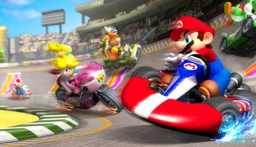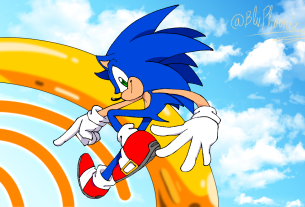Mario of The Super Mario Bros. games is the most famous gaming icon of the Nintendo company. His early success made Nintendo into the powerful force in the market it is today. Originally introduced as a nameless protagonist in Donkey Kong in 1981, he has appeared in over 200 games since. Mario has dominated the gaming world from his first single game, Mario Bros., to the most recent Super Mario Bros. Wonder. But has Mario become so popular from platformers alone? Nope. Mario has spread across multiple varieties of video games over the years. The assorted genre of Mario games has cemented his appeal in the audience. How many different styles? Let’s find out…
1. Platformer Games
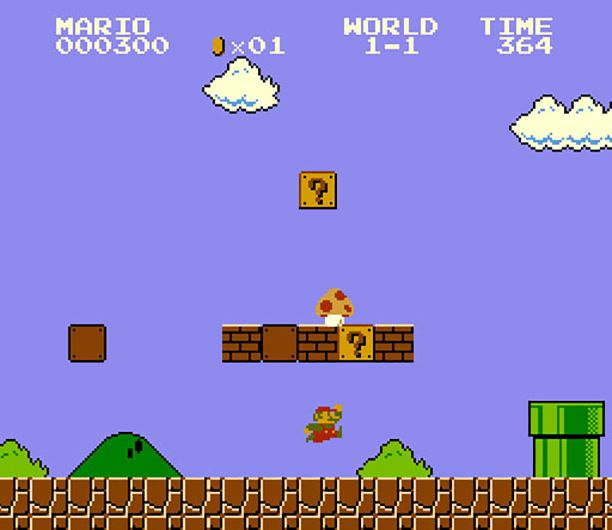
The main genre of Mario games would be the first in his line, the 2D platformer. A platformer is a two-dimensional side-scrolling game in which the character moves around the flat space by running and jumping. Most credit Donkey Kong, the first appearance of Mario, as the first platformer game. 1985’s Super Mario Bros. was what inspired the 2D platforming genre to expand in popularity, becoming the model for his adventures for years to come. Super Mario Bros. 2-3, New Super Mario Bros., Super Mario Bros. Wonder, and many more followed this design. These games brought iconic level designs that spiced up the flat world with new mechanics and obstacles depending on the stage. The gameplay of this genre of Mario games remains simple and engaging, creating a timeless appeal to gamers. Their popularity even sparked the creation of Super Mario Maker, a game that allows players to create their own 2D levels.
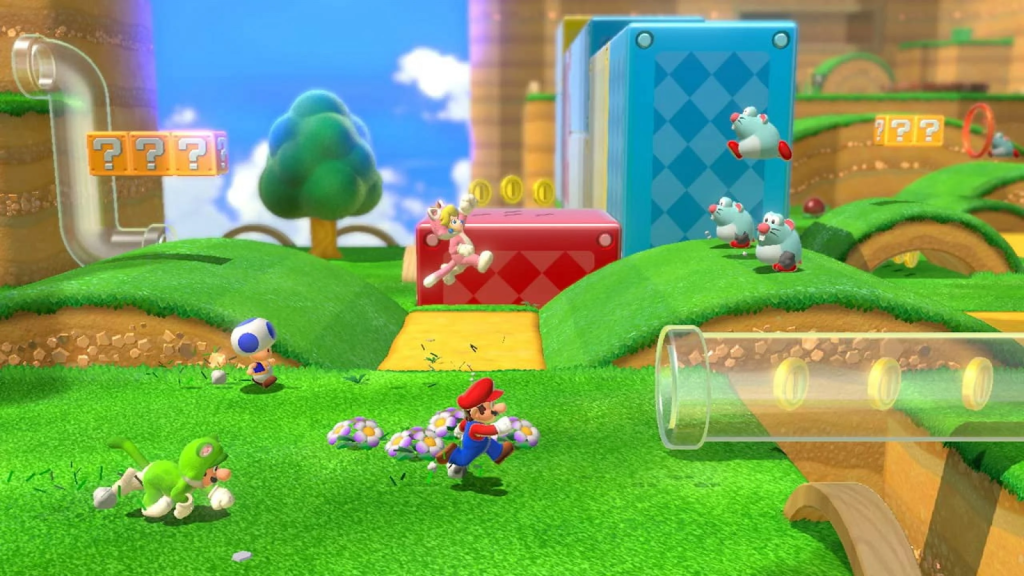
The platformer genre didn’t stop at two dimensions, either. The first example was Super Mario 64 in ‘96, which achieved what few other games could accomplish at the time. Bringing Mario into a 3D world to explore. Recent games like Super Mario 3D World and Super Mario Odyssey emulated this while combining their style with the classic 2D platformer gameplay expanded out.
2. Racing Games
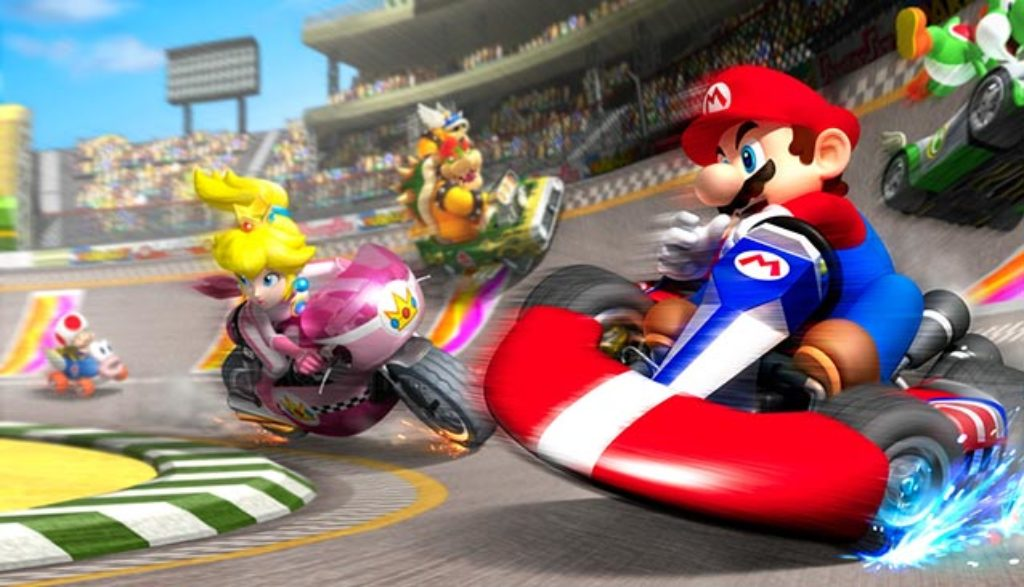
1992 was the first time this explosively popular Mario game was seen. Mario Kart was Nintendo’s first foray into the racing game market, using their beloved mascot and fellow characters as racers. Diverse tracks, multiplayer gameplay, fun powerups, and the thrilling feeling of beating your friends in a friendly high-speed race. Quickly becoming Nintendo’s biggest series, features added in later years, such as 3D bridges, walls, and pits, only skyrocketed this genre of Mario games. From 2008 onward, Mario Kart saw many more advances as game systems evolved. Controller steering and different vehicle styles were among the biggest selling points of Mario Kart for the Nintendo Wii. This genre has gone through eight different installments, with more on the way.
3. Sports Games
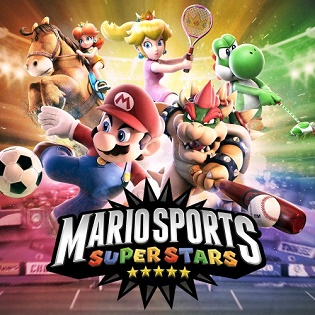
Now, while Mario is small and portly, that doesn’t mean he’s not athletic. The sports genre of Mario games is far spread out, giving the plumber multiple skill sets in almost every sport imaginable. In 1991, Mario debuted in NES Open Tournament Golf and continued to swing a club for five more golf games. The following years saw Mario delve into other sports, like Mario Tennis, Super Mario Strikers, and Mario & Sonic at the Olympic Games. While these games don’t include iconic power-ups or turtle shells, they offer something different. The sports genre of Mario games recreates the fun of physical sports with realistic sports mechanics. Games like Mario Sports Mix offer simplistic controls that mimic the old NES controller, using a joystick, two buttons, and a trigger. Combined, these handle passing, stealing, and other tactics in the sports included in the mix. Games that specialize in one sport, like Super Mario Strikers or Mario Hoops 3-on-3, utilize more combinations and buttons to simulate more complex tactics.
4. Party Games
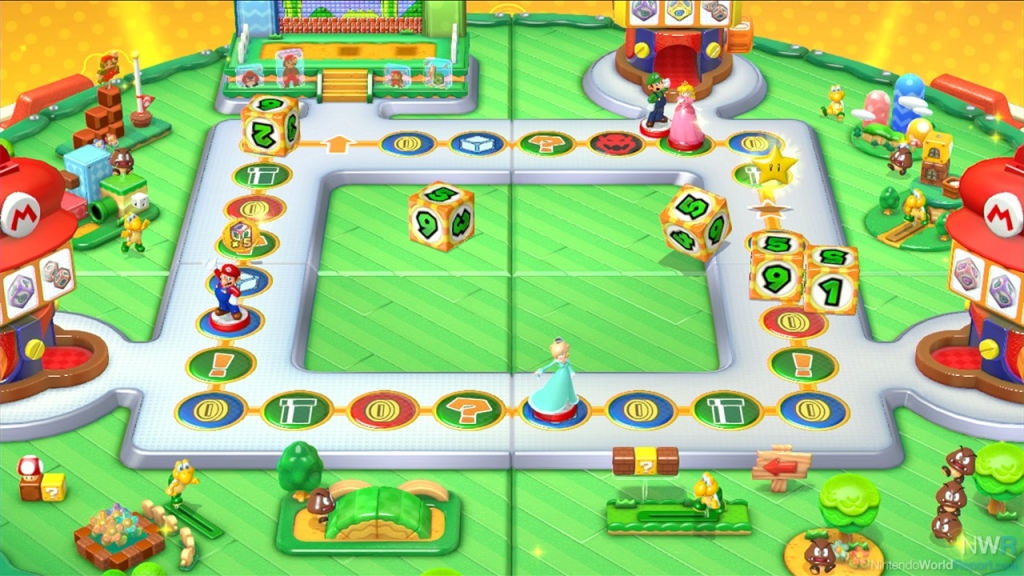
This genre of Mario games is a family favorite. Taking advantage of the Nintendo’s four controller ports, Mario Party introduced a new level of multiplayer gameplay in 1999. These party games place the well-known Mario characters on a large virtual board game that players must advance to win, filled with wacky features. Coin squares, specialty dice, and even Bowser squares push you or your opponents back. But playing a board game on your video game console would be a little boring. Mario Party and the games spawned from its success have a way to spice it up. The staple of Mario’s party games is the multiplayer minigames that dot the board. Fun little competitions that are randomized to give an exciting pop to the game. Party games have grown in popularity and multiplayer systems have changed over the years, all thanks to Mario. Mario Party’s installments have become a central part of the local multiplayer scene in gaming since the first release. They changed the way social gaming worked by providing fun, competitive, and accessible mini-games for the groups to get together and just have fun.
5. Role-Playing Games (RPG)
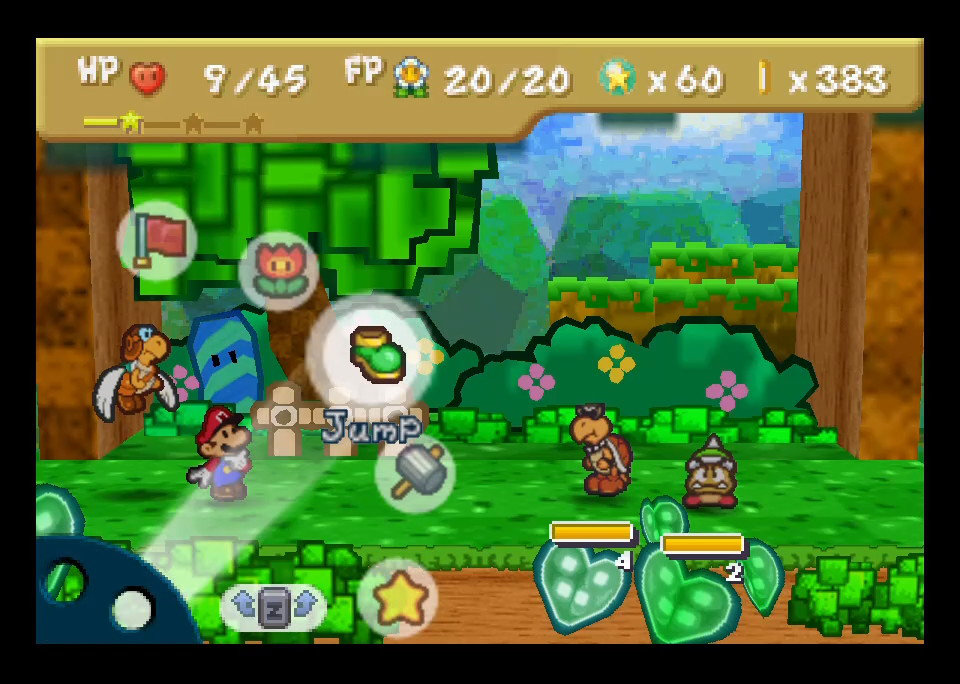
The RPG genre is a niche market for the Mario universe. An RPG, or role-playing game, is a type of game where players assume the role of a character to interact with the game’s world. The term is used a little loosely, most using it to describe games where leveling up and gaining loot is key. The first time Mario entered this kind of game was in 1996 in Super Mario RPG: Legend of the Seven Stars. This gave rise to more Mario RPG series, like Paper Mario, Mario & Luigi, and the latest Mario+Rabbids duology. These games revolve around engaging storylines that pull the player in while not operating like a normal Mario platformer. They employ the use of puzzles, which isn’t too far off from what other Mario games do, and turn-based combat. This style of fighting enemies is not seen in any other genre of Mario games. What sets Mario RPGs apart from the rest are the relatively simple elements of their gameplay. Stats are measured on an easy-to-remember scale, and options for attacks usually require only a few buttons. Another element that makes these games so popular is their use of humor.
6. Fighting Games
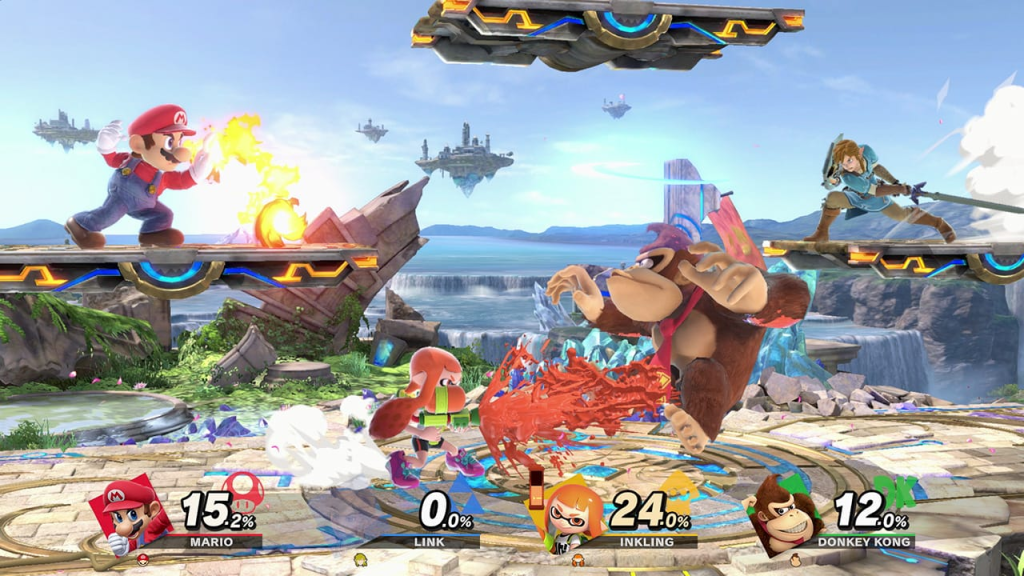
Mario made a debut in fighting games in Punch-Out, but only as a referee side-character. Mario started clashing with other characters soon after in the first release of the popular fighting franchise, Super Smash Bros. He became a staple of the game’s popularity due to his title as Nintendo’s mascot but also because of his fighting style. Mario’s gameplay is based around the fundamentals of the fighting game, used to help new players learn how to play easier. An experienced Smash Bros. player can exceed with Mario by remembering this. He is a great all-rounder with strong abilities. Said abilities are also callbacks to various games Mario has been in throughout the years. Fireballs from Fire Mario, a cape from Cape Mario, and even the water-blasting F.L.U.D.D. from his 3D platformer Super Mario Sunshine. Like most characters, Mario’s landscapes have also made an appearance in the game, with his franchise having the majority, if not the most, representation.
7. Puzzle Games
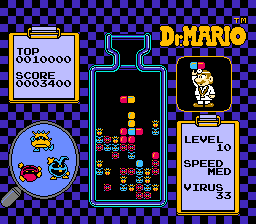
While not the most popular genre of Mario games today, the puzzle-solving era of Mario was extremely popular. When Dr. Mario was released on the NES, it instantly became one of the most popular block-stacking puzzle games. This was due to the earlier release of Tetris, which resulted in a period known as “Tetris-fever”. As Nintendo’s signature puzzle game, Dr. Mario reappeared in several game systems as time went on, especially in game collections. But Tetris isn’t the only puzzle Mario has solved. Many other styles of quick thinking games were produced with Mario as the star. Mario Vs. Donkey Kong introduced a series of “Lemmings”-style games, where Mario is in charge of several other characters to solve puzzles. Hotel Mario, which has spawned many memes over the years, is also considered a puzzle game due to the logic-based play style. And while Mario isn’t the face of the game, Captain Toad: Treasure Tracker is one of Nintendo’s most famous puzzle-solving Mario titles.
Bottom Line
Forty years and 200 titles later, Mario is still going strong in the gaming industry. The character and his series continue to grow. The incredible versatility across genres is a major reason for his enduring popularity in the gaming world. From the humble beginnings in the 2D platformer, Mario has proven he can adapt to any style thrown at him. Racing, sports, puzzles, and beyond, Nintendo has created quite the jack of all trades. His games continue to bring joy to all ages, offering something for everyone. What can we look forward to next for the mustachioed plumber? Only time will tell. But if his history has anything to say about it, Mario will no doubt succeed and exceed expectations.
